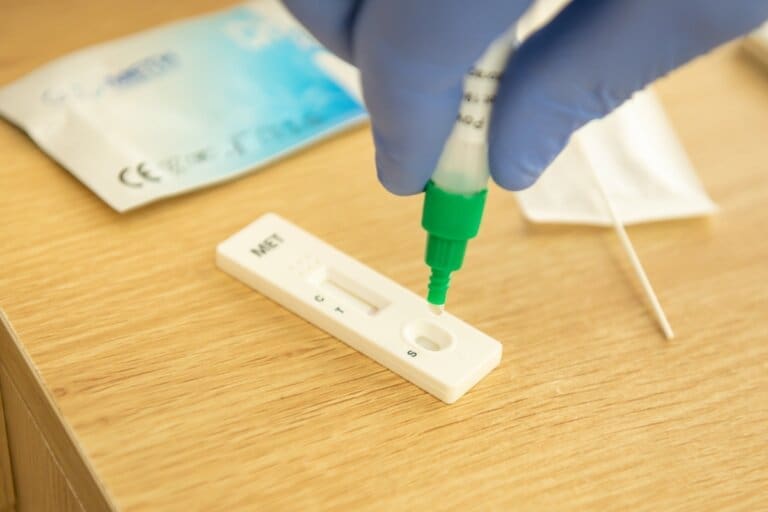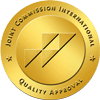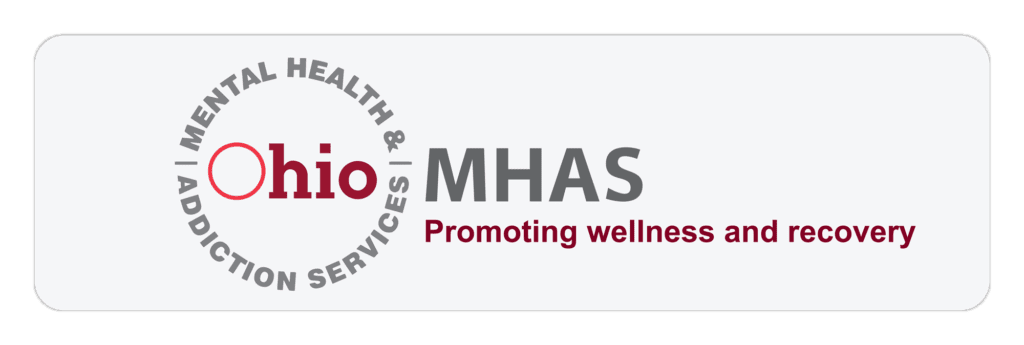Fake Meth - The Increased Dangers Of Fake Drugs
- March 13, 2023
- Prosperity Haven
- Addiction Treatment

Methamphetamine is already a very dangerous drug. It is highly addictive and contributes to thousands of overdose deaths every single year. Since illegal manufacturers make most forms of meth, there is a good chance that regular users will, at one point or another, come into contact with fake methamphetamines, also known as fake crystal meth. Not only can fake meth be even more dangerous than real meth, but it can also be much harder to identify.
So, what exactly is fake meth? Can it be distinguished from real meth? What are the added dangers of fake drugs? Finally, if you or a loved one is suffering from substance abuse, where can you find professional help for meth addiction? In this guide, Prosperity Haven, experts in addiction rehabilitation, answer all of these questions and more, but first, let’s examine what it really means for meth to be “fake.”
What Is Fake Meth?
Fake meth can refer to several different things. In some cases, fake meth might be exactly what it sounds like; one substance used in place of meth. The substance is often made to resemble methamphetamine, but it contains little or no actual meth. Drug dealers and manufacturers usually create these methamphetamine fakes to lower the cost of manufacturing and increase their profits.
Alternatively, fake meth may refer to meth that has been heavily “cut” by another drug. This means that the laced drugs do contain meth, but they also contain large quantities of other drugs, like isopropyl benzylamine (ISO), bath salts, fentanyl, or any number of dangerous chemicals and substances.
Here are some of the most common types of substances found in fake crystal methamphetamine:
- Inactive Ingredients – These are substances that have no psychoactive effects and are used to bulk up the product. Examples include talcum powder, baking soda, or sugar.
- Substitute Stimulants – Some fake meth products may contain other, less expensive stimulants like caffeine, ephedrine, or pseudoephedrine to mimic the energizing effects of methamphetamine.
- Dangerous Substances – In some cases, fake meth may contain harmful or toxic substances, such as household chemicals, crushed glass, or even rat poison. These ingredients can cause severe health problems or even death.
What Does Fake Meth Look Like?
Fake meth is designed to resemble real methamphetamine, but its appearance can vary depending on the substances used to create it. While it is often difficult to distinguish fake meth from real meth with the naked eye, there may be some noticeable differences in color, texture, or consistency. Here are a few characteristics of fake meth to look for:
Color
Real methamphetamine is usually a translucent or clear crystal-like substance, although it can sometimes be slightly off-white or yellow. Fake meth may be unnaturally white or a completely different color.
Texture
Authentic meth comes in the form of shards, crystals, or a coarse powder. Fake meth may be extremely fine, powdery, or clumpy.
Consistency
Real meth crystals are typically hard and brittle, breaking into smaller shards or powder when crushed. Fake meth may be softer and more pliable, which can be an indicator that it contains other substances.
Odor
Some users report that real methamphetamine has a chemical smell. Fake meth might have a different or more pronounced odor, depending on the substances used to create it.
Taste
While it’s not a reliable method and can be dangerous, some users claim that real meth has a bitter taste, while fake meth can taste different or have no taste at all.
Melting Point
When heated, genuine methamphetamine will melt and turn into a clear liquid before vaporizing. Fake meth may have a different melting point or not vaporize properly.
How to Tell If Meth Is Fake
If you’re trying to figure out how to spot fake meth, you’re not alone. Even law enforcement has a difficult time distinguishing between fake and real meth during drug busts, as the two often look nearly identical. Some of the only ways to actually tell the difference are to run complex lab tests on samples of the drug or use the drug to test its effects. Naturally, the former method is not feasible for most people, and the latter method is incredibly dangerous. As a result, you may never really figure out how to tell if meth is real or fake. This is part of what makes it so dangerous.
The Increased Dangers Of Fake Meth
Using fake meth can pose significant health risks, as you may not know what substances you are consuming. The unpredictable nature of the ingredients in fake crystal meth can lead to adverse reactions, overdoses, or long-term health issues. Furthermore, using fake methamphetamines can still contribute to the development of addiction and other meth-related problems.
To reduce the risks associated with fake meth and other illicit drugs, it is important to seek help for substance use disorders and engage in harm reduction strategies, such as testing drugs for the presence of dangerous substances or connecting with support services and treatment programs.
Fake meth presents increased dangers compared to real methamphetamine, despite both being harmful substances. The increased risks associated with fake meth stem from the unknown and potentially toxic ingredients used in its production. Some of these dangers include:
Unknown Ingredients
Methamphetamine fakes can contain a variety of substances. While some may be harmless, others could be deadly. Since users have no way of knowing what they are ingesting, fake meth can lead to unpredictable and dangerous consequences.
Adulterants
Fake meth may contain other psychoactive substances, such as synthetic bath salts or stimulants. These substances can cause adverse reactions when combined or taken in high doses.
Risk of Overdose
The potency and composition of fake methamphetamines are unpredictable, which makes it difficult to gauge an appropriate dose. This unpredictability increases the risk of overdose, as users may inadvertently consume a dangerous amount of the substance or an unknown toxic ingredient.
Increased Addiction Potential
Some ingredients used in fake meth may have their own addictive properties, leading to a higher potential for dependence and addiction.
Impurities and Contaminants
The production of fake meth is typically done in uncontrolled and unsanitary conditions, which increases the risk of impurities and contaminants that are harmful to human health.
Delayed Treatment
Users who are unaware that they are using fake meth may not seek appropriate treatment for substance abuse, as they will not know about the lethal substances they are consuming.
Getting Help For A Meth Addiction
It is essential to remember that using any form of methamphetamine, whether real or fake meth, carries significant health risks, including addiction, physical and mental health issues, and overdose. If you or someone you know is struggling with methamphetamine use, seeking professional help from a healthcare provider or addiction specialist is critical for recovery and long-term well-being. Some of the best and most effective treatments include:
- Detoxification
- Inpatient & Outpatient Treatment
- Counseling & Therapy
- Support Groups
- Aftercare and Relapse Prevention
Fortunately, you can access all of these services and more at Prosperity Haven. Reach out to our addiction specialists today to discuss your options and begin your journey toward recovery. You don’t have to face this challenge alone.
YOUR NEW BEGINNING
STARTS HERE
Take the First Step and Reach Out Today






